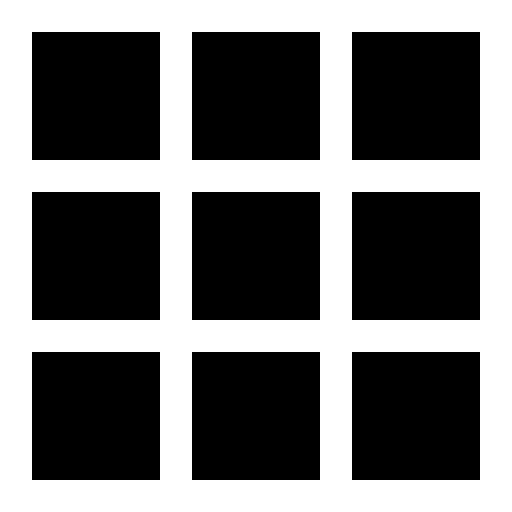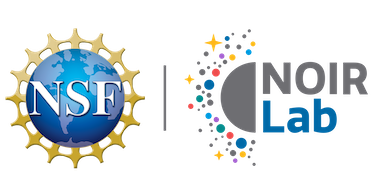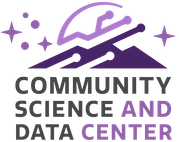Choose a database in the left panel then select the table you want!
Table: gogreen_dr2.redshift
(The bold columns are indexed columns)
| Column Name | Description | Datatype |
|---|---|---|
| cluster | Short name of each cluster; matches name in cluster table | VARCHAR |
| d4000 | The D_n 4000 index as defined in Balogh et al. (1999). Some of these entries were incorrect in DR1, and have been corrected for DR2. | REAL |
| dec | Target Dec coordinate in J2000 degrees. For GOGREEN, these coordinates correspond to the z prime image coordinates used for mask design. These have been transformed to align with the K_s images; however positions will not match exactly with coordinates in the photometric catalogues. | REAL |
| delta_bic | The difference in Bayesian Information Criterion used to identify the presence of [Oii] emission (delta BIC > 10) or its absence (delta BIC < -10). See Old et al. (2020) for more details. | REAL |
| ed4000 | The D_n 4000 index uncertainty. Some of these entries were incorrect in DR1, and have been corrected for DR2. | REAL |
| eewhdelta | Uncertainty of ewhdelta. Some of these entries were incorrect in DR1, and have been corrected for DR2. | REAL |
| eewoii | Uncertainty of ewoii. Some of these entries were incorrect in DR1, and have been corrected for DR2. | REAL |
| eewoii_model | Uncertainty of ewoii_model | REAL |
| ef_oii | Uncertainty of f_oii | REAL |
| elat | Ecliptic latitude | DOUBLE |
| elon | Ecliptic longitude | DOUBLE |
| esfr_oii | Uncertainty of sfr_oii | REAL |
| ewhdelta | The equivalent width of the H delta absorption line, in Angstroms, using the line index definitions in Balogh et al. (1999). Positive values represent absorption. See section 4.2.2 in survey paper. Some of these entries were incorrect in DR1, and have been corrected for DR2. | REAL |
| ewoii | The equivalent width of the [Oii] emission line in Angstroms, using the line index definitions in Balogh et al. (1999). Positive values represent emission. See section 4.2.2. Some of these entries were incorrect in DR1, and have been corrected for DR2. | REAL |
| ewoii_model | The equivalent width of the [Oii] emission line, in Angstroms, calculated from the Gaussian fitting model described in Old et al. (2020). | REAL |
| extver | This is the science extension number in the fits files with the 1D and 2D spectra (see section 6.5 of the survey paper). | SMALLINT |
| f_oii | The integrated flux of the [Oii] emission line, in erg/s/cm^2/Angstrom, calculated from the Gaussian fitting model described in Old et al. (2020). | REAL |
| glat | Galactic latitude | DOUBLE |
| glon | Galactic longitude | DOUBLE |
| htm9 | HTM index (order 9 => ~10 arcmin size) | INTEGER |
| member | A flag that identifies likely cluster members (1) or nonmembers (0). A value of -1 means membership could not be determined. For SpARCS and SPT clusters in GOGREEN, this is the maximum of the member_Clean and member_EM flags. For the five GCLASS clusters we use the membership given in Muzzin et al. (2012). Finally, for the systems in COSMOS and SXDF we define members as those within 1 Mpc and 2.5 sigma of the centre, as described in section 4.2.3. of the survey paper | REAL |
| member_clean | Applicable only to the 11 SPT and SpARCS clusters in GOGREEN, this indicates likely cluster membership based on the clean algorithm of Mamon et al. (2013). A value of 1 indicates a member, 0 is a non-member, and -1 indicates membership could not be determined. | REAL |
| member_em | Applicable only to the 11 SPT and SpARCS clusters in GOGREEN, this indicates likely cluster membership based on the C.L.U.M.P.S. algorithm of Munari et al. (in prep). A value of 1 indicates a member, 0 is a non-member, and -1 indicates membership could not be determined. | REAL |
| nest4096 | HEALPIX index (Nsides 4096, Nest scheme => ~52 arcsec size) | INTEGER |
| objclass | This has a value of 1 for GOGREEN primary targets, i.e. those that match our photometric selection criteria. A value of 3 corresponds to a GOGREEN mask filler object, and 4 identifies a GCLASS spectrum. (OBJClass=2 was reserved for stellar sources used for telluric correction, and these are not included in the catalogue). | SMALLINT |
| ra | Target RA coordinates in J2000 degrees. For GOGREEN, these coordinates correspond to the z prime image coordinates used for mask design. These have been transformed to align with the K_s images; however positions will not match exactly with coordinates in the photometric catalogues. | REAL |
| random_id | Random ID in the range 0.0 => 100.0 | REAL |
| redshift | The redshift measured from the spectrum | REAL |
| redshift_quality | The redshift quality flag. Both quality 3 and 4 are secure galaxy redshifts and can be used for scientific analysis; the difference between them is subjective and not rigorously defined. Quality 2 is a best guess but should be used with caution; this includes cases where there is plausible consistency with the photometric redshift, but no clearly identifiable spectral features. Quality 1 means no redshift is available. This includes literature redshifts from the provided SPECZ_MATCHED files, which can be consulted to identify the source of the redshift. Literature redshifts are all assigned Redshift_Quality=4. | SMALLINT |
| ring256 | HEALPIX index (Nsides 256, Ring scheme => ~14 arcmin size) | INTEGER |
| sfr_oii | The star formation rate in solar masses per year, estimated from the [Oii] emission line flux and the stellar mass, using the calibration of Gilbank et al. (2010). | REAL |
| snr_8500_rms | The signal-to-noise ratio per pixel, measured in the range 7500 < lambda < 9500 Angstroms. The noise estimate is taken from the rms in the science spectrum over the same range. | REAL |
| snr_8500_var | The signal-to-noise ratio per pixel, measured in the range 7500 < lambda < 9500 Angstroms. The noise estimate is taken from the VAR array associated with the spectrum. | REAL |
| spec_flag | Integer that identifies spectra with problems that might compromise the ability to measure a redshift or line indices of a spectrum. Flags are assigned for the following: 1: Mild slit contamination or artefacts that should not strongly affect measurements 2: Non-galaxy-like spectrum and/or image 4: Significant slit contamination from neighbouring objects. Redshift & features may be compromised. 8: Poor telluric correction or sky subtraction 16: Major artefacts or large masked regions that render the spectrum nearly useless. Flags can be added. So, for example, a flag of 12 means there is both contamination from neighbouring objects, and poor sky subtraction | REAL |
| specid | A unique identification number. The first digit identifies the origin of the spectrum: 1 for GOGREEN and 2 for GCLASS. The next two digits correspond to the cluster_id identifier in the Cluster catalogue, that specify the photometric field. The remaining digits are the galaxy ID (only unique for a given field and source). | INTEGER |






